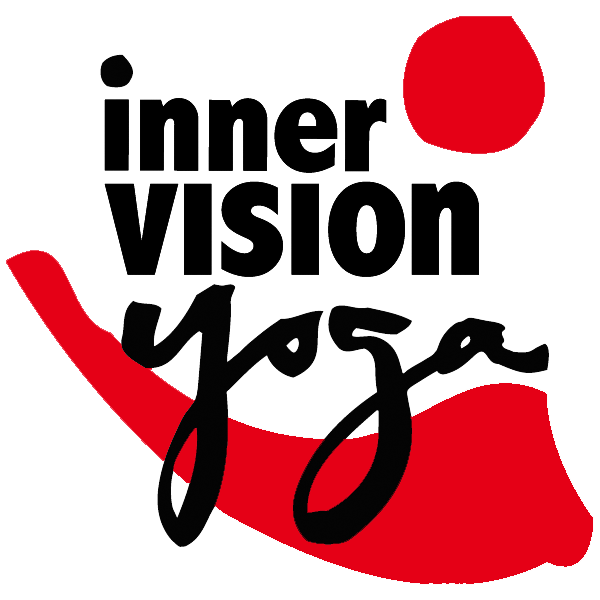Good Space: The Cultivation of Sukha
by Jeff Martens
The Sanskrit Sukha is a somewhat common term in the Yoga Sutras, appearing in five separate verses including the first verse on asana or physical posture. Usually defined as happiness, pleasure, ease, joy or agreeableness, much can be learned about sukha by taking a brief look at its roots and history.
The Sanskrit root Su = “good, fine”. Kha = “state”. So a more literal translation of sukha might be “Good State”. But kha can also mean space, so su-kha can signify “happy space” or “good space”. This last definition begins to approach a more original meaning of sukha, which, when understood can help to illuminate its use related to personal practice within two popular verses in Patanjali’s Yoga Sutra.
One popular ancient use of sukha in everyday language referred to the center of a wagon wheel. As goods and people were often transported by hand-drawn or animal-led carts, the axel space at the center of the wagon wheel became very important. If the center axis of the wheel was made with care and precision, the wheel’s spokes would radiate outward evenly and turn the circumference in a balanced manner, making for an easy and comfortable trip. If, however, the space at the center of the wheel was not constructed with care, a “bad” space was the result. Unevenness, jarring and swaying made for a tumultuous and unhappy journey requiring much extra effort and unnecessary struggle.
Philosophically, the archetype of the wheel can be a Vedantic or Buddhist ideal reaching far beyond its physical origins. However the physical aspect of sukha as the “good” center space of a wheel is an invaluable touchstone for our daily practice. With this more original meaning in mind, Patanjali’s use of the term sukha takes on a deeper and richer context in the following sutras:
With contentment comes ultimate joy. –YS 2.42
Just the reading of this sutra referring to the Niyama of contentment or fulfillment seems to bring a feeling of peaceful joy… Santosha is a powerful practice which takes the mind away from past or future-oriented actions, bringing our full attention and appreciation into this moment. When we practice the art of contentment or finding fulfillment wherever we are in life, things begin to “roll” much more smoothly. The resulting thoughts and actions become very graceful and efficient, requiring much less effort to put into play. Residing in the present moment we find clarity and peace. Because we see things clearer, the resulting journey is experienced with maximum wisdom and insight, making for a joyful, balanced ride. If we do encounter bumps along the way, these disturbances are not nearly so jarring as they would have been if the space at the center of our wheel was not true and harmonious.
Yoga pose is steady and pleasant. –YS 2.46
Patanjali’s first of three verses on asana in the Yoga Sutra is very practical and concise, yet at its heart there is untold wisdom. As Patanjali earlier references both abhyasa and vairagya as absolutely necessary to realize stillness (YS 1.12), here too he gives us another pair to be practiced simultaneously. In fact, without sukha or the “good space” at the center of the wheel, no yoga pose could possibly be steady (sthira) and grounded. Practicing meditation or asana wiith this intention has the potential to totally realign our practice, shifting our focus away from struggle and possible attachment to results and more in the direction ease and joy. This does not necessarily mean that our yoga postures or meditation will be void of challenge or become ultra-easy. What it does mean is that we have the power to shift our attitude — and therefore our posture — in life at any given moment, and in so doing we experience a whole new set of possibilities and circumstances formerly unavailable to the one with a “bad” center wobbling and grinding along the road of life.
Like an ancient wheel-maker, it is up to us to hone our own personal revolutions and take the time necessary to discover a beautiful and harmonious center from which to expand and travel through life. Thissukha or “good space” is an emptiness beyond form; indeed this empty space is what makes the wheel useful; not only does it help create a path of joyful contentment, it also helps us to reside in a world beyond form where harmony becomes a matter of our perspective and is no longer dependent on outer circumstances alone.
Jeff Martens is a teacher, writer and co-owner of Inner Vision Yoga. All suggestions are voluntary. Consult a qualified teacher or your physician before you embark on any practice in which you are unfamiliar.
For more inspiring yoga essays click here…
